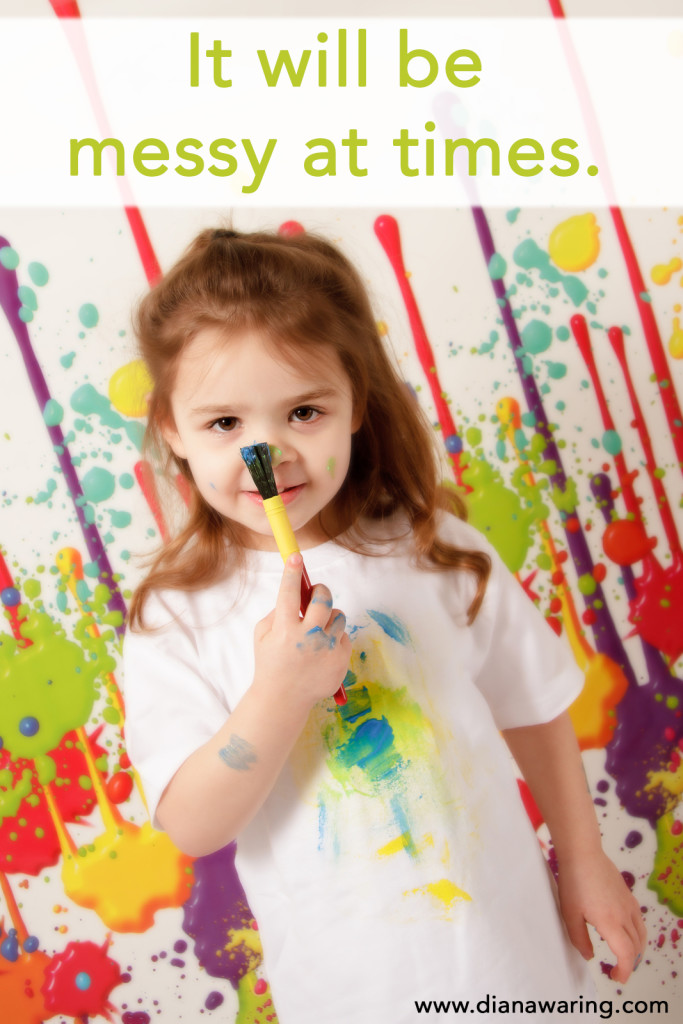Do you have a doodler? Someone who is constantly drawing pictures when you think they’re taking notes? Maybe you’ve got a Lego-loving kid, who only seems interested in building the latest set of Lego structures. Perhaps you’ve got one who really comes to life when creating animals with Play Dough—or sculpting a pyramid with styrofoam. If so, you may have wondered why they can’t stop “messing around” and get down to real work.
Guess what? For those gifted in Spatial Intelligence—whether expressed in something like painting, architecture, flower arranging, sculpture, or Lego masterpieces—working with color and design is the joyous stuff of life!
(The following is excerpted from my book, Reaping the Harvest.)
This intelligence could be described as being “Picture Smart.” People who are strong in this ability tend to think in pictures rather than in words. They can visualize solutions to problems, can see the answers to questions, and can understand the dimensions of a possible scenario. They are brilliant when it comes to using maps, drawing diagrams, designing landscapes, loading cars, painting three-dimensional masterpieces, and more. They have a grasp of the foundational architecture and artistry of the space that surrounds us. Painters, architects, landscape designers, interior decorators, web designers, traffic engineers, design teams who create new styles for cars and trucks, map makers, draftsmen, sculptors, cabinet makers, and more all display the wonderful gift of this intelligence.
Some of the characteristics of this intelligence are:
-
-
- thinks in pictures rather than words
- learns more from the picture than from the caption underneath
- inventive
- draws random images on paper while learning
- enjoys learning how to paint, sculpt, draw, etc.
- able to learn and utilize the information from maps and charts
- can easily picture the location of items in his/her environment
- finds lost items that have been overlooked by others
- has a natural ability to draw in perspective
- appreciates receiving information from visual sources such as photos
- enjoys visual games and picture puzzles
-
If you or your children are strong in this intelligence, then come to grips with the fact that, somewhere in your house, a place needs to be set aside for art projects. Yes, it will be messy at times. But that is a very small price to pay for opening the door for these kinds of learners!
Provide opportunities and encouragement (perhaps even lessons!) in drawing and painting. For an at-home approach to teaching art, check out the curriculum of Visual Manna, How Great Thou Art, and Artistic Pursuits. Legos and other three-dimensional materials allow students to work with another aspect of Spatial intelligence, giving opportunities for exploring space and design. Encourage students to follow their interests in garden design or interior decorating—playing with color and texture—even if on a very small scale. Photography, graphic design, PowerPoint, craft projects, cake decorating. . .all fall within this intelligence. So have fun, make a mess, and watch your—or your child’s—genius blossom!!
We welcome the use of Spatial Intelligence in the History Revealed curriculum. The following is from Romans, Reformers, Revolutionaries, Unit 4 (the Holy Roman Empire & the Vikings), Phase 4:
Design a T-shirt for the Normans who are about to invade England with Duke William of Normandy. Since the outcome is still undecided, create a motivating “You can do it!” type of design.


